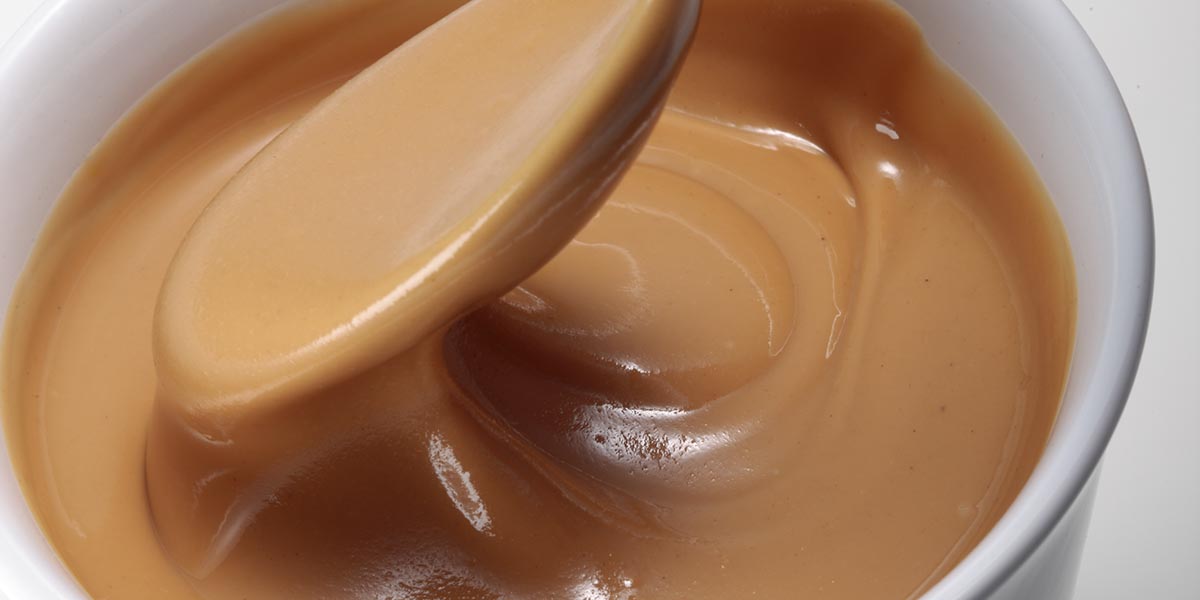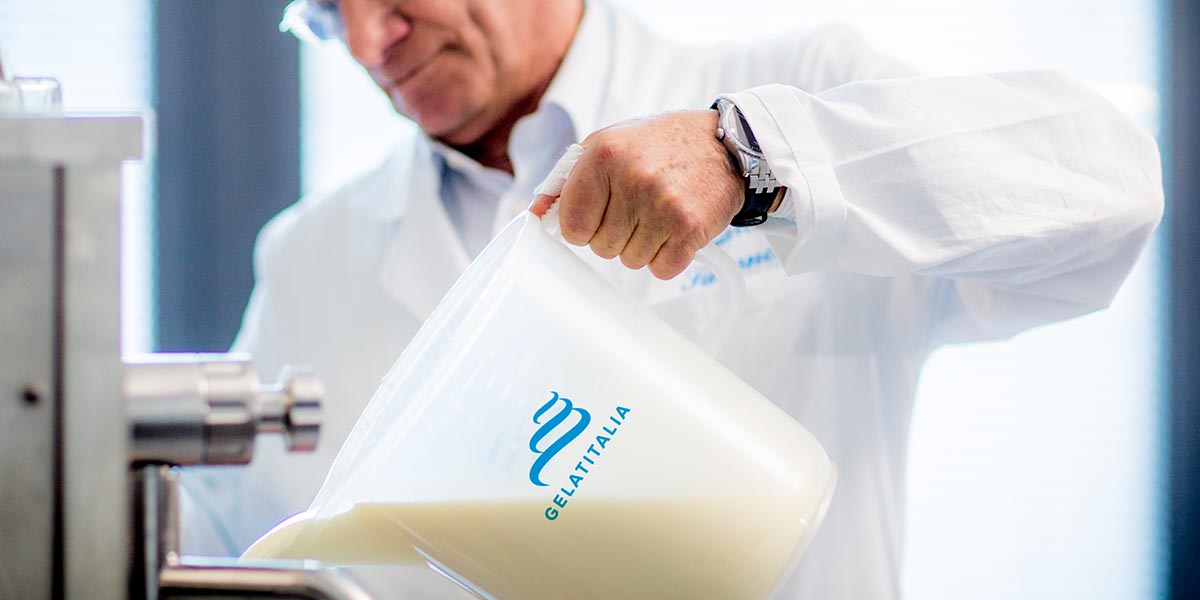What Are Cake Glazes & Icings?
Cake icings and glazes are the most elegant and spectacular decoration used for baked goods. Alongside with enhancing the appearance of cakes, pastries and parfaits by covering them with a shiny and tasty layer, a glaze made by the book envelops the palate with a velvety caress, improving the sensory experience of those who have the pleasure to taste that dessert. In this article we’ll tell you the secrets to create perfect cake glazes, which are the most used by bakers and how to cut on preparation times by resorting to professional mixes for baked goods.
February 25, 2021
Which Desserts Are Glazes Used For?
Glazes are every baker’s ace in the hole, because they can be used as a covering for a great variety of desserts, from the most traditional cakes to mini pastries. Of course, depending on the type of preparation, a different kind of glazing will also be used and different preparation techniques will be required. There are indeed two main groups of cake coverings: glazes, made with sugar and water or milk and fluid, which set in a few seconds, and icings, which are solid and can therefore be preserved longer.
While icings, like sugar paste and chocolate paste, are used to carve tiny decorations and embellish desserts, especially the ones that are connected with celebrations like weddings and birthday parties, glazes (which exist in three main types: water glazes, royal icings and chocolate icings) are on the other hand employed to cover desserts with a mirror glaze. They represent the trademark covering for ice-cream-parlor parfaits, but are also used to dignify plain desserts like sponge cakes. Two more examples of how to use glazes for baked goods are the icings found on the shortcrust pastry cookies traditionally prepared for Christmas and Easter holidays, and on sweet taralli, a food specialty from the south of Italy.
Depending on the ingredients used in its preparation, and specifically on the addition of liquors or scented essences, alongside with giving the dessert a mirror-clear appearance a glaze can also enrich it with a distinctive scent: an example of this are the soft chocolate icings used to cover Sacher cakes and profiteroles, which can be enriched, in the making, with vanilla beans, spices or something else.
How Do You Prepare A Cake Glaze?
A glaze can be more or less liquid depending on how you plan on using it, for instance whether you need it just to write something on a cake or to cover a dessert or parfait. The typical ingredients of a glaze for cookies and baked good are egg whites and powdered sugar, whisked together and emulsified with lemon juice which gives the glaze clarity. Chocolate coverings are instead made by melting chocolate in cream at a controlled heat – not less than 45°C and not more than 50°C.
In both cases it is possible to obtain a perfectly shiny glaze by strictly using powdered sugar and keeping the right temperature through all the stages of preparation. Resorting to granulated sugar entails, for instance, the formation of ugly, unpleasant grains: the perfect glaze should instead be velvety, devoid of any rough elements when bitten. Moreover, it also shouldn’t be too thick: this can be avoided by adding water or egg whites in the preparation in case the dough looks too compact. It is also essential to spread the glaze on a completely cooled-down cake, laying it on a grill and scooping it from the center to the outer borders with quick, regular moves: this way the excess glaze will be removed and you will get a smooth, shiny and sticky cover for the surface of your dessert.
In order to dye glazes, alternatively to chemical colorants – to which an unpleasant artificial aftertaste is often due – it is possible to rely on natural colorants, availing oneself of the authentic, genuine flavor of the chosen ingredients: beetroot is often used to create a wide range of colors from pink to purple, blueberries for more intense blues and violets, vegetable carbon for black, carrots for orange, raspberries and strawberries for reds and so on.
Ready-Made Cake Glazes: Why Using Them In Bakeries?
It is crystal clear that in order to prepare perfect cake glazes it is mandatory to take into consideration a complex of factors which are hard to handle when working with big quantities of materials or tight schedules. Pre-made mixes for the garnishing of cakes precisely stem from the need of standardizing and speeding up this complicated stage of the work of bakers and ice-cream makers, especially when they prepare mirror glazes, allowing them to reproduce the same quality, flavor and aroma of their desserts over time. They are in fact gelatins, made with quality ingredients and storable inside a pantry for a long time, which allow to create on the spot – and with no setbacks at all – perfect mirror glazes for frozen desserts, parfaits, Bavarian creams and fruit. Whether neutral or aromatized, Gelatitalia’s cake glazes are already measured out and ready to use, other than thoroughly gluten-free: try them out in combination with our bases for parfaits!




